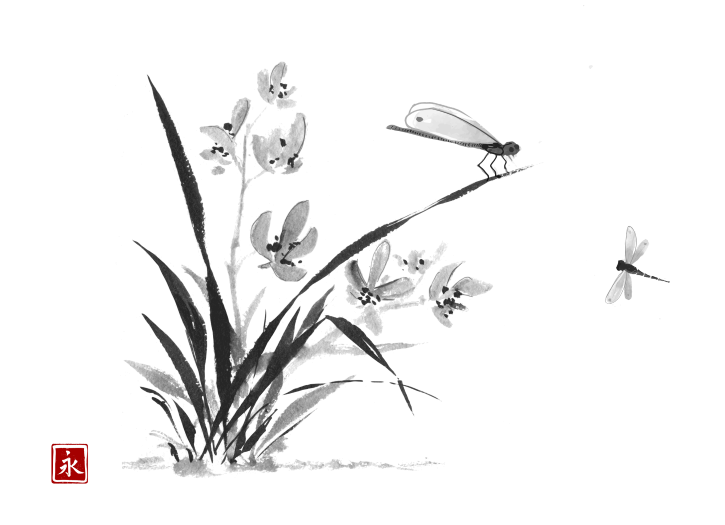In a humble cottage at the edge of the village, I found a healer tending to the sick and wounded, her hands gentle and sure as she applied salves and poultices with practiced precision. Intrigued by her skill, I struck up a conversation and learned of her lifelong dedication to the healing arts.
As she shared tales of her travels and the countless lives she had touched, I was struck by the depth of her compassion and the power of her knowledge. And as I watched her work, easing pain and bringing comfort to those in need, I couldn’t help but feel inspired by her selflessness and the profound impact she had on the world around her.
Addendum: Chinese Healing Arts
Chinese healing arts, rooted in ancient traditions and philosophies such as Taoism and Confucianism, encompass a holistic approach to health and well-being that emphasizes balance and harmony within the body, mind, and spirit. Central to these practices is the concept of qi (pronounced “chee”), or vital energy, which is believed to flow through the body along meridians or energy pathways.
One of the most well-known Chinese healing modalities is acupuncture, which involves the insertion of thin needles into specific points on the body to stimulate the flow of qi and restore balance to the body’s energy systems. Another key component of Chinese healing arts is herbal medicine, which utilizes a vast array of plants and botanicals to treat a wide range of ailments and promote overall health and vitality.
Other traditional Chinese healing practices include acupressure, qigong (a system of gentle movements and breathing exercises), tai chi (a martial art practiced for its health benefits), and traditional Chinese massage techniques such as Tui Na and Gua Sha.
Together, these ancient healing arts form a comprehensive system of medicine that seeks to address the root causes of illness and disease, rather than simply treating symptoms. With their focus on prevention, balance, and the interconnectedness of body, mind, and spirit, Chinese healing arts offer a holistic approach to health and well-being that continues to resonate with people around the world today.


![[Video] Yáng Shǒuzhōng (Yang, Sau Chung) showcasing the Yang Style Tai Chi Form](https://www.talesbythewanderer.com/wp-content/uploads/2024/04/TheWanderer-Sumie-Painting-13.png)
 This Video series on YouTube highlights Taiji and other Internal Martial Arts Masters particularly of the old days. Please note that especially those videos of the early 20th century might be of fairly bad quality. However they are valuable sources of history and skill. In this video:
This Video series on YouTube highlights Taiji and other Internal Martial Arts Masters particularly of the old days. Please note that especially those videos of the early 20th century might be of fairly bad quality. However they are valuable sources of history and skill. In this video: 
















